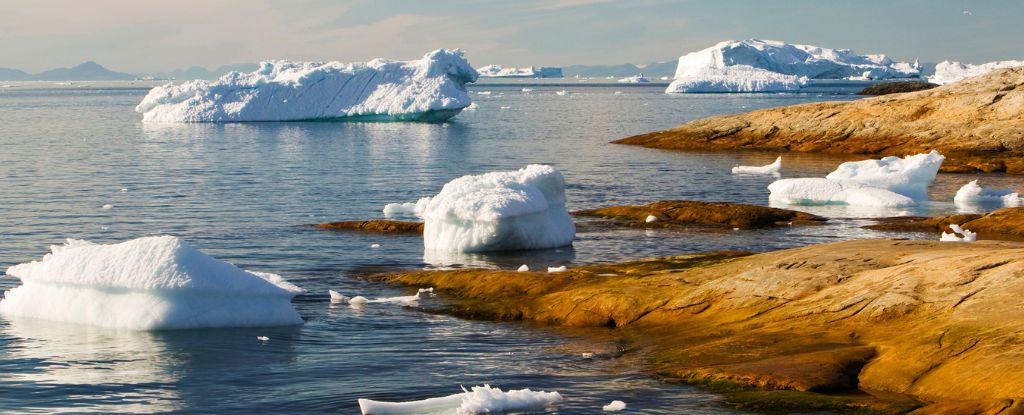Products You May Like
The world’s climate is teetering on the brink, and no one knows which way it will fall.
A new model of Earth’s climate system suggests that if global warming surpasses the main goal of the Paris Agreement, it could set off a series of tipping points from which it will be very hard, if not impossible, to return.
On our current climate trajectory, the risk of surpassing one of four tipping points by 2300 could reach 45 percent.
The findings come at a critical point in the climate crisis.
Last year, for the very first time, all 365 days in the year exceeded 1°C above pre-industrial levels, bringing the planet uncomfortably close to exceeding the Paris Agreement threshold of 1.5 °C of warming above pre-industrial levels.
Some experts think our decisions in the next few years will make or break that goal. Others argue we overshot it years ago.
The current research was led by climate scientists, Tessa Möller and Annika Ernest Högner, at the University of Potsdam in Germany.
It investigates four possible points of ‘no return’ – when parts of the climate system reach a critical threshold that leads to even more severe and rapid climate change.
These include the collapses of the Atlantic Ocean’s main current system, the Amazon rainforest, the Greenland ice sheet, and the West Antarctic Ice Sheet.
Experts have recently warned that the Atlantic Ocean current system could collapse as soon as 2050.
What’s more, Greenland’s melting ice sheet is unnervingly close to hitting a point of no return – if it hasn’t already.
Biosphere systems like the Amazon rainforest could also shift the climate system in catastrophic ways. Some scientists think the rainforest is already spewing more carbon than it absorbs, contributing to global warming instead of alleviating it.
The probability that just one of these thresholds is crossed is defined as the ‘tipping risk’.
“We find that tipping risk by 2300 increases with every additional 0.1 °C of overshoot above 1.5 °C and strongly accelerates for peak warming above 2.0 °C,” the authors of the study conclude.
While these projections are for a distant future, it’s what we do now that will determine our course. The findings underline just how important it is to stick to the Paris Agreement and keep warming well below 2 °C, even if the 1.5 °C target is surpassed.
If global temperatures pass the 1.5 °C threshold, even temporarily, there may be no turning back.
Like dominoes, one falling tipping point might trigger another to fall, and it’s unclear whether the individual thresholds can be reversed or slowed.
Using a conceptual model that takes this complexity into account, Möller, Högner, and their team have assessed the threat of tipping risks in the short term (by 2100), the medium term (until 2300), and the long term (after 50,000 years).
At the world’s current rate of warming, models show that by 2300, the tipping risk could reach 45 percent, and in the long term, it could nearly double to 76 percent.
And that’s only considering four tipping points.
While the authors admit there is “considerable uncertainty” in current climate models, it remains crucial that scientists keep trying to predict what happens if the world overshoots our climate goals.
“The transient nature of an overshoot might offer a window of opportunity to counteract anthropogenic emissions with rapid interventions and stabilize the ice sheets before tipping is locked-in,” explains the international team of researchers.
Getting to net zero greenhouse gas emissions by 2100 will be “paramount to minimize tipping risk in the long term,” the team adds.
The stability of our planet’s climate system is at stake.
The study was published in Nature Communications.
